Art history is filled with well-known names and celebrated movements, but many talented artists and influential movements often fly under the radar. “Underrated Artists and Art Movements” shines a light on these overlooked gems, exploring the unique styles and significant contributions that deserve more recognition. Discover the hidden treasures of the art world and the creative forces that have quietly shaped the course of artistic expression.
Artemisia Gentileschi (1593-1656)
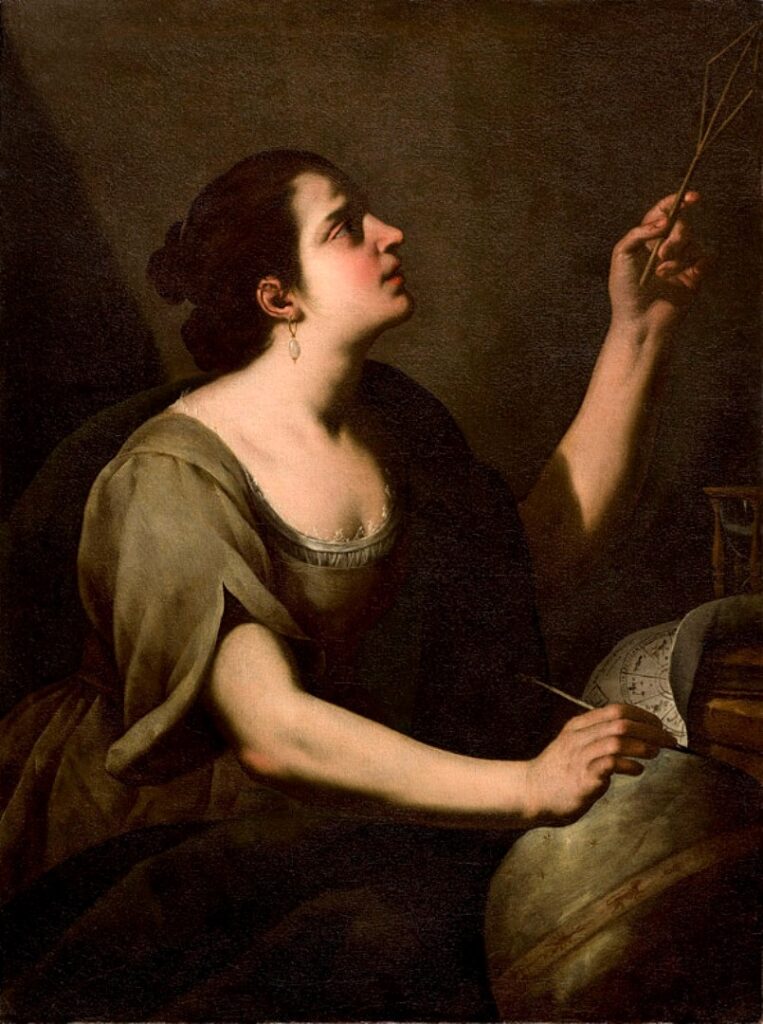
Artemisia Gentileschi, a Baroque artist, was one of the few female painters of her time to achieve success. Her dramatic use of light and shadow, combined with powerful depictions of women from myth and the Bible, stands out. Despite her talent, her work was overshadowed by male contemporaries. Gentileschi’s paintings, like “Judith Slaying Holofernes,” highlight her skill in capturing intense emotions and complex narratives.
The Ashcan School (Early 20th Century)
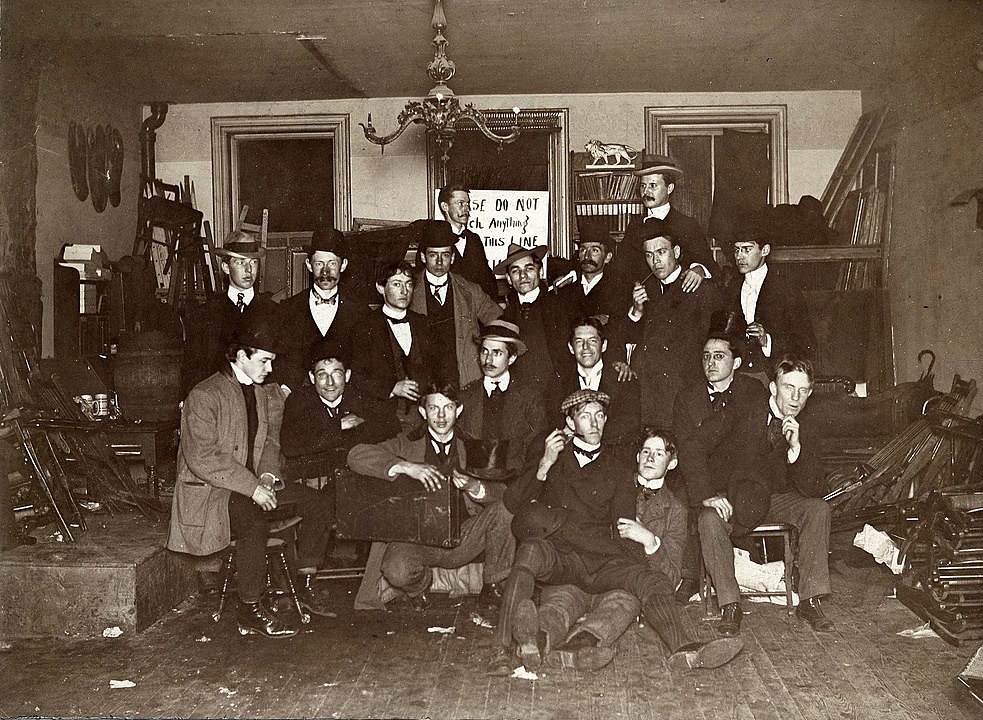
The Ashcan School, an American art movement, focused on realistic portrayals of urban life and the everyday struggles of the working class. Artists like John Sloan and George Bellows captured gritty scenes with a rawness that contrasted sharply with the prevailing genteel art of the time. Despite its significant contributions to American art, the Ashcan School often gets less recognition than movements like Abstract Expressionism.
Élisabeth Vigée Le Brun (1755-1842)
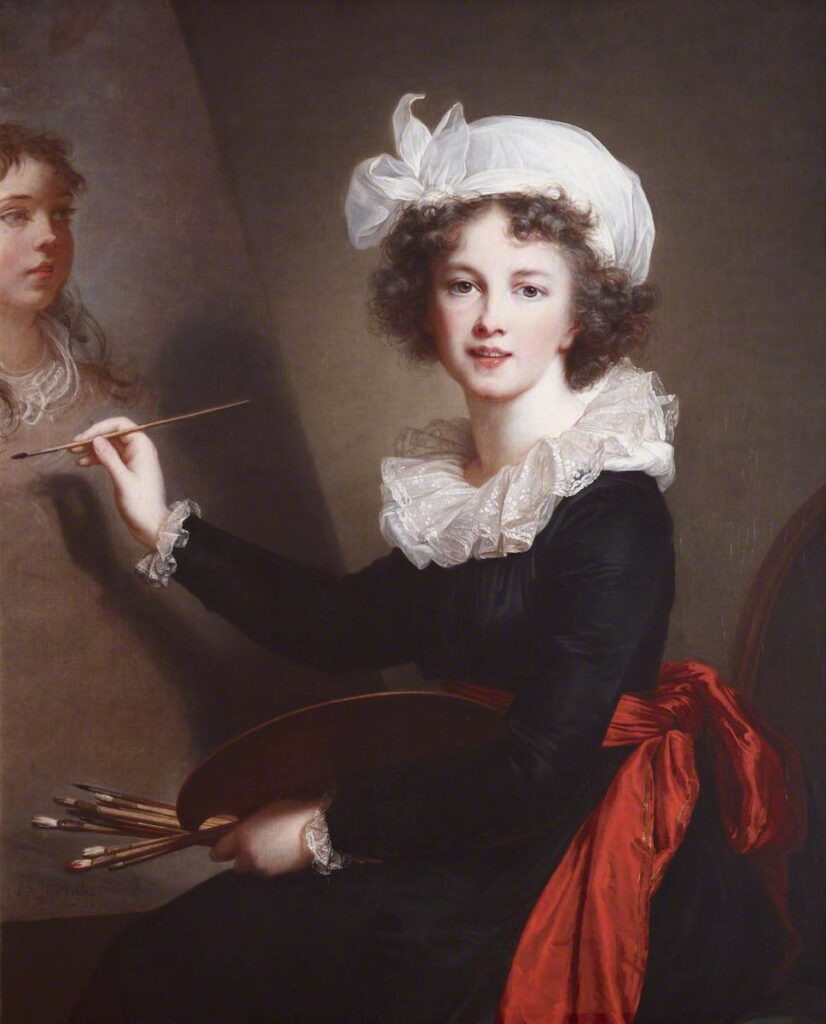
A prominent portraitist in 18th-century France, Élisabeth Vigée Le Brun was known for her elegant and flattering depictions of European royalty, including Marie Antoinette. Her ability to capture the grace and personality of her subjects set her apart. Despite her acclaim during her lifetime, she has not received the same enduring recognition as her male counterparts from the same period.
The Pre-Raphaelite Brotherhood (Mid-19th Century)
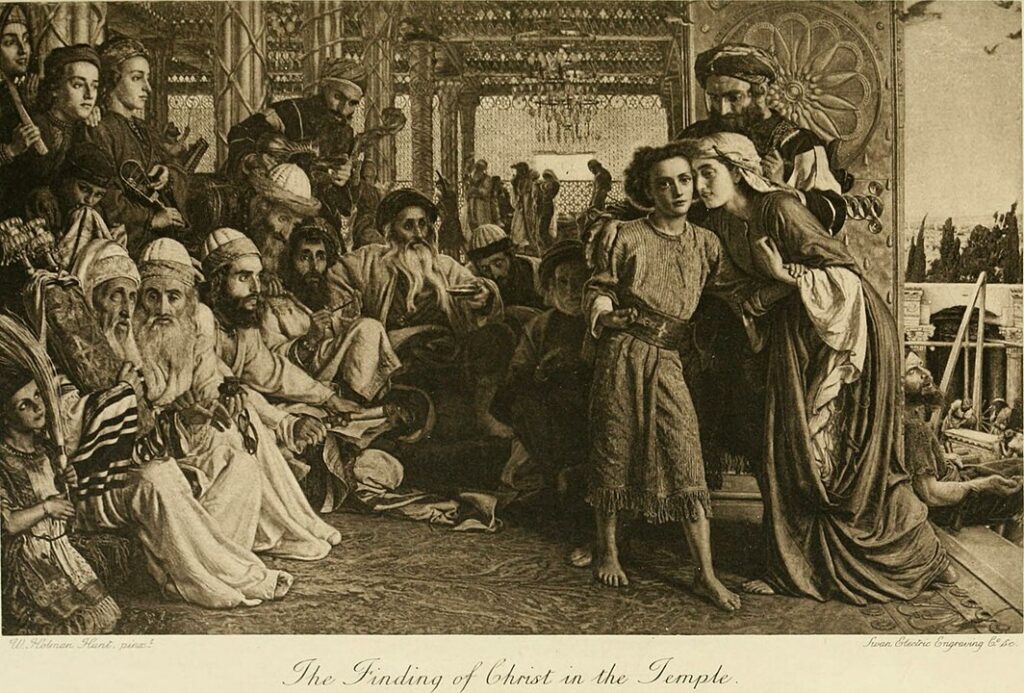
This British art movement, founded by Dante Gabriel Rossetti, William Holman Hunt, and John Everett Millais, sought to return to the detail, intense colors, and complex compositions before Raphael. Their romantic and detailed works often drew inspiration from literature and mythology. Though they influenced future generations, the Pre-Raphaelites are sometimes overshadowed by the subsequent modern art movements.
Judy Chicago (1939-Present)
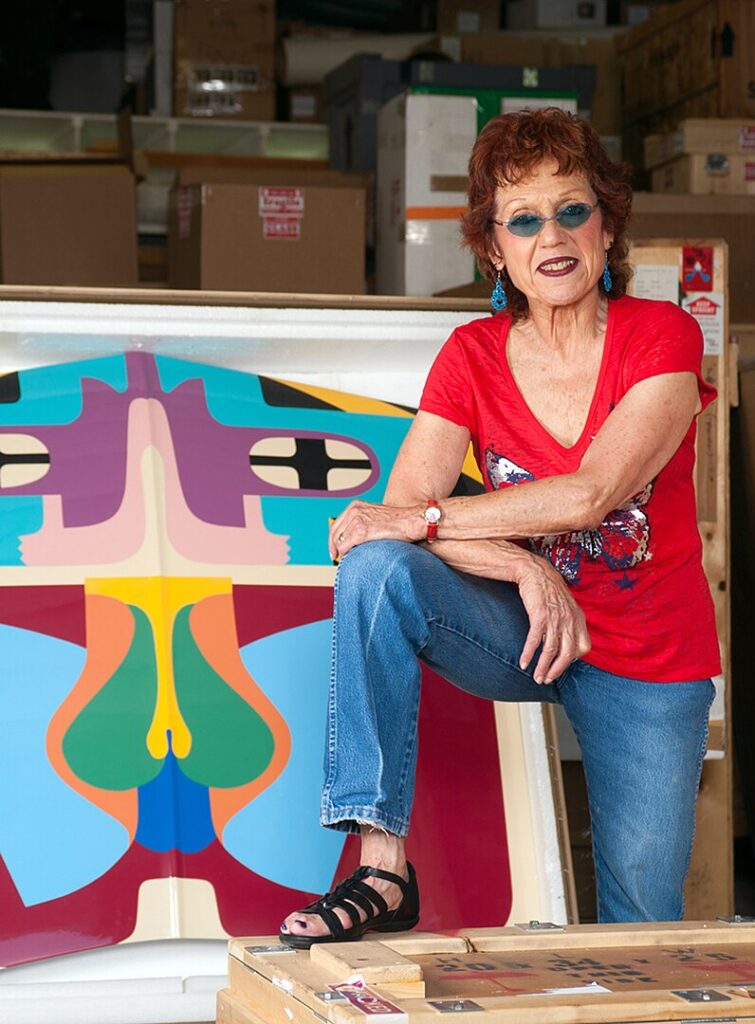
Judy Chicago, a pioneering feminist artist, is best known for her large-scale collaborative installation pieces, such as “The Dinner Party.” Her work aims to place women’s achievements in history and challenge the male-dominated art world. Despite her influence on feminist art, Chicago’s contributions are sometimes overlooked in broader art historical narratives.
The Nabis (Late 19th Century)
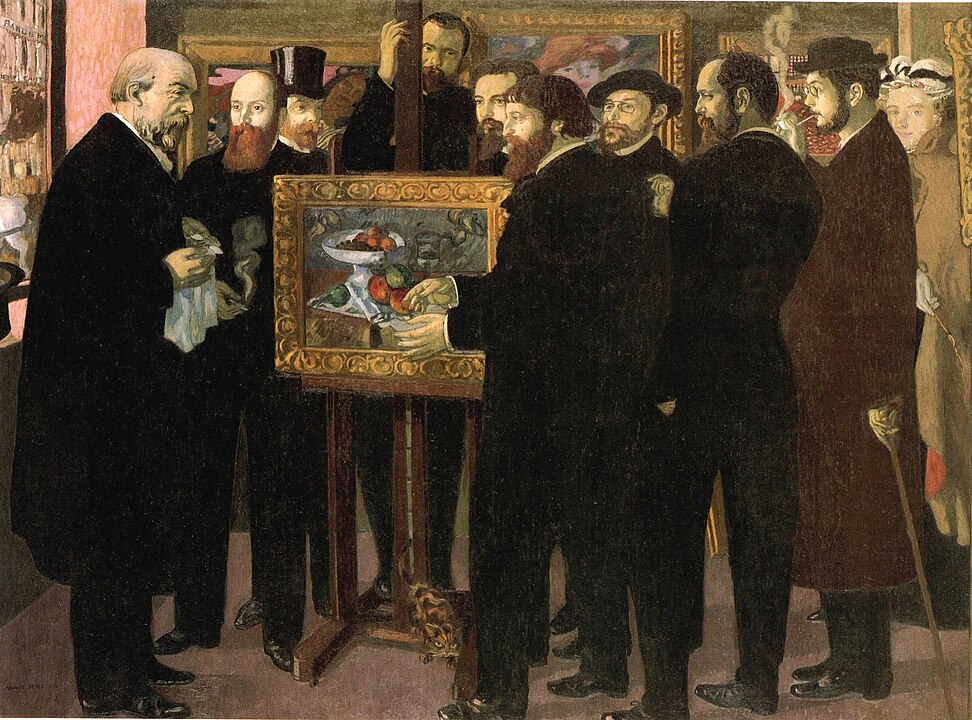
The Nabis, a group of Post-Impressionist avant-garde artists, included figures like Pierre Bonnard and Édouard Vuillard. They emphasized the spiritual and symbolic aspects of art, often using bold colors and simplified forms. Despite their innovative approaches, the Nabis are not as widely recognized as their contemporaries, such as the Impressionists.
Alma Thomas (1891-1978)
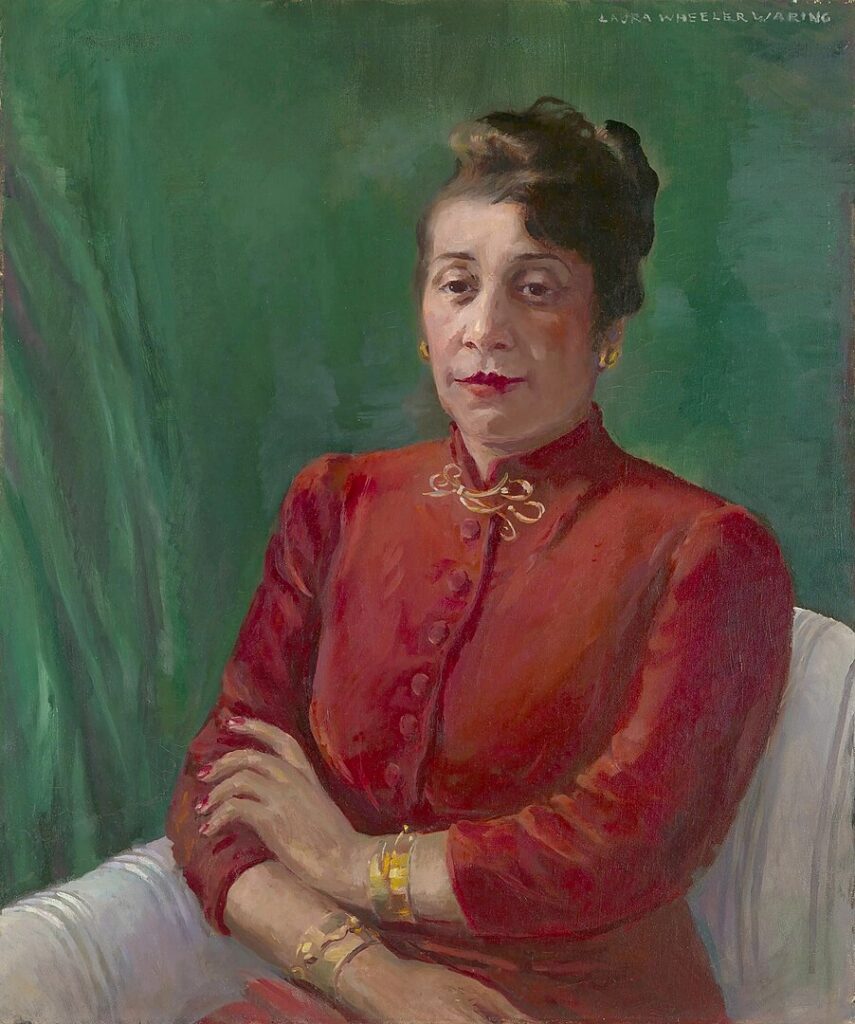
Alma Thomas, an African American Expressionist painter, created vibrant abstract works characterized by mosaic-like patterns. Her use of color and form was innovative, yet she did not gain significant recognition until later in her life. Thomas’s contributions to abstraction and her role as a trailblazer for African American women in art deserve greater acknowledgment.
The Gutai Group (1954-1972)

Founded in Japan, the Gutai Group was one of the first avant-garde movements in post-war Japan. They emphasized the relationship between body and matter, creating groundbreaking performances and installations. Despite their influence on contemporary art, the Gutai Group is often underrepresented in Western art histories.
Berthe Morisot (1841-1895)
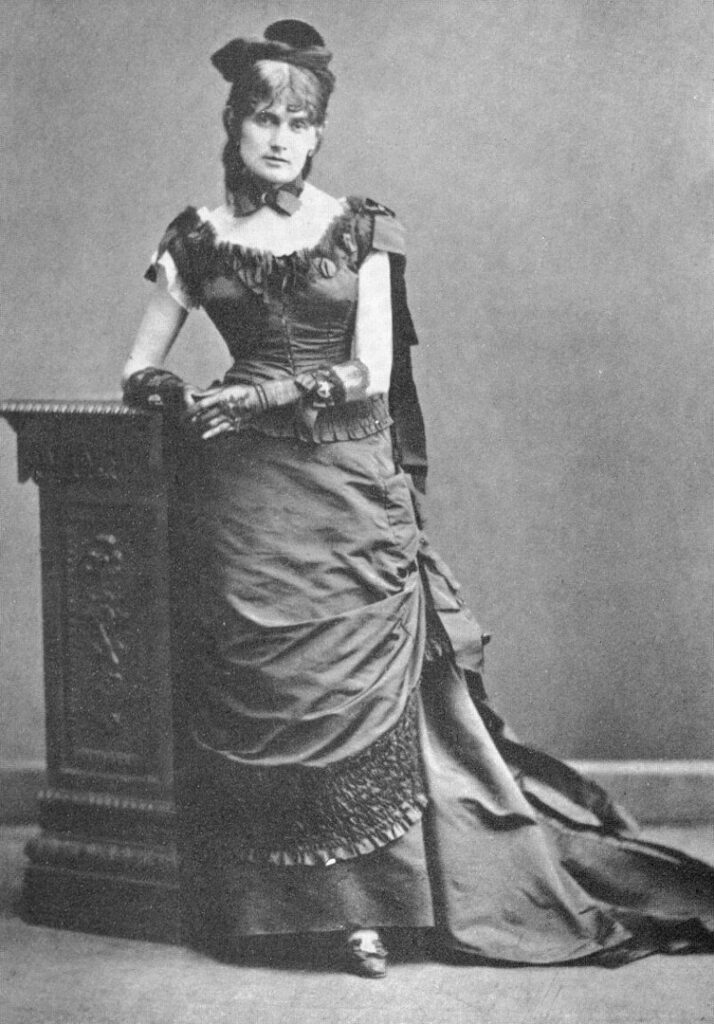
As one of the few female members of the Impressionist movement, Berthe Morisot produced works that focused on domestic life and intimate scenes with a delicate touch. Her innovative brushwork and use of color set her apart, yet she remains less celebrated than her male peers like Monet and Renoir.
The Hudson River School (Mid-19th Century)
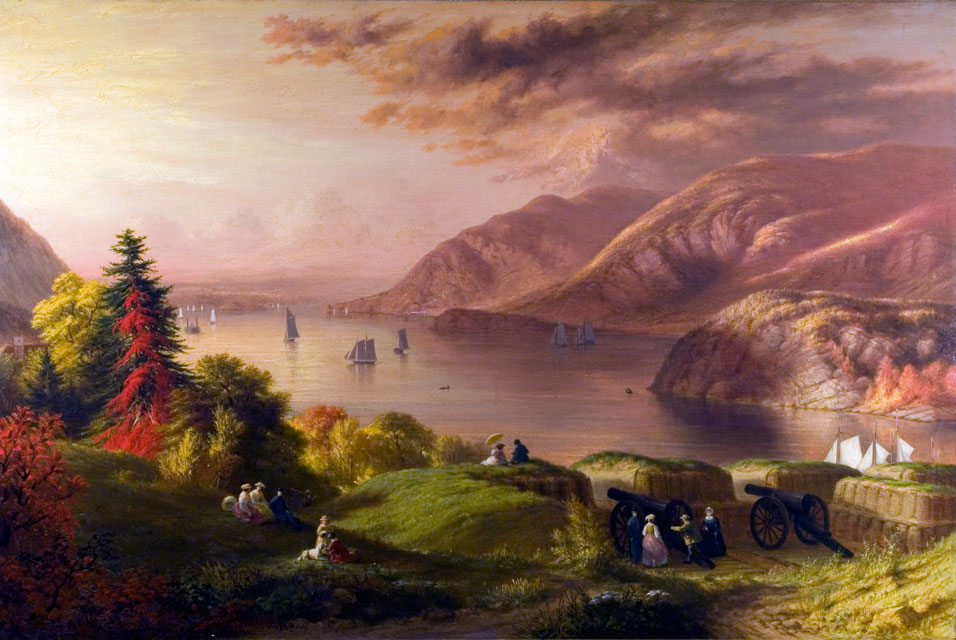
This American art movement focused on romantic landscapes, capturing the sublime beauty of the American wilderness. Artists like Thomas Cole and Asher Durand depicted vast, unspoiled landscapes that celebrated the natural world. Despite their significant impact on American art, the Hudson River School is often overshadowed by later movements.
Leonora Carrington (1917-2011)
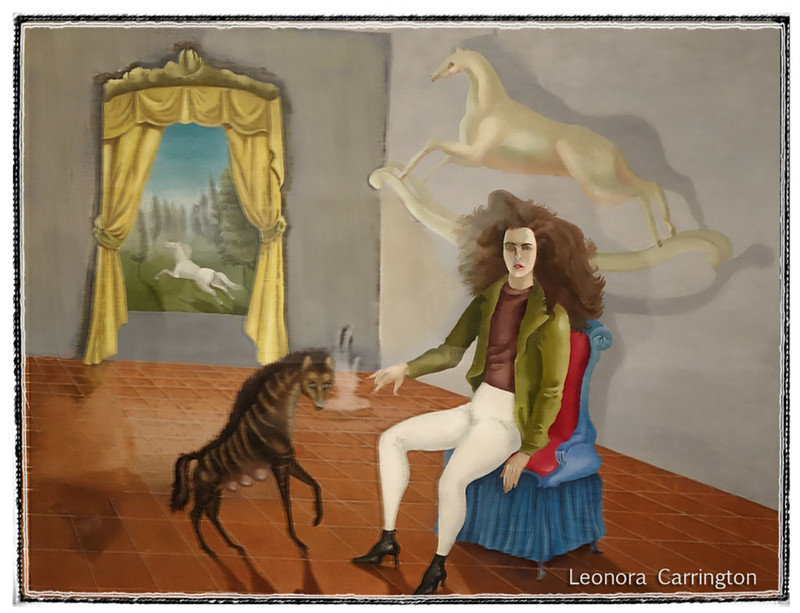
A Surrealist painter and writer, Leonora Carrington’s work is known for its fantastical imagery and exploration of the subconscious. Her paintings often feature dreamlike scenes filled with mythical creatures and symbolism. Although she was a central figure in the Surrealist movement, her contributions are sometimes overlooked in favor of male artists like Salvador Dalí.
The Pattern and Decoration Movement (1970s-1980s)
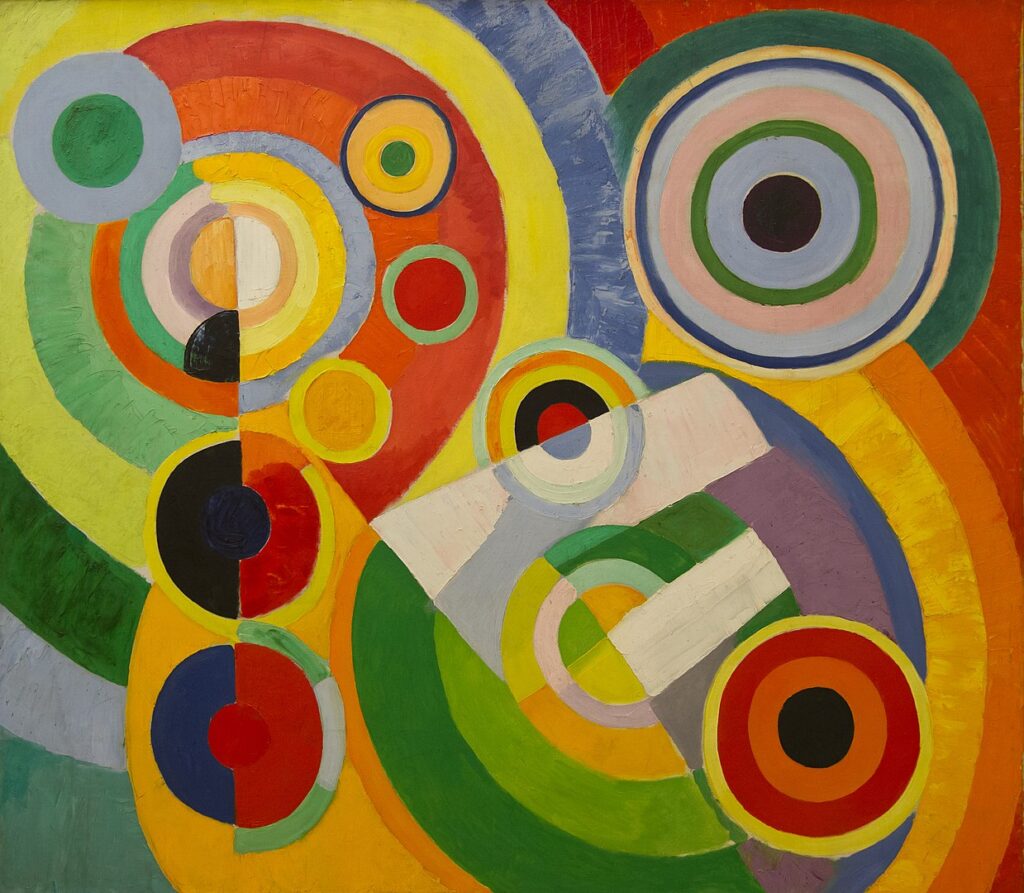
This American art movement challenged the minimalist and conceptual art of the time by celebrating ornamentation, craft, and decoration. Artists like Miriam Schapiro and Robert Kushner embraced a variety of mediums and global influences. Despite their vibrant and innovative work, the Pattern and Decoration movement has not received widespread recognition.
Jacob Lawrence (1917-2000)
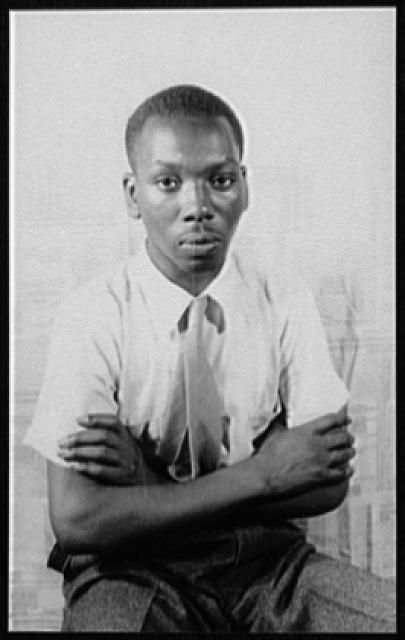
Jacob Lawrence was an African American painter known for his narrative series depicting historical and contemporary African American life. His use of bold colors and dynamic compositions brought to life stories often ignored in mainstream art. Despite his critical acclaim, Lawrence’s contributions are sometimes underappreciated in the broader art historical context.
The Fauves (Early 20th Century)
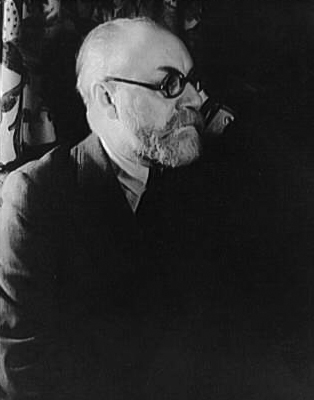
The Fauves, led by artists like Henri Matisse and André Derain, were known for their use of bold, non-naturalistic colors and dynamic brushwork. Their work laid the groundwork for modernist movements, yet the Fauves are often overshadowed by later developments in modern art.
Hilma af Klint (1862-1944)
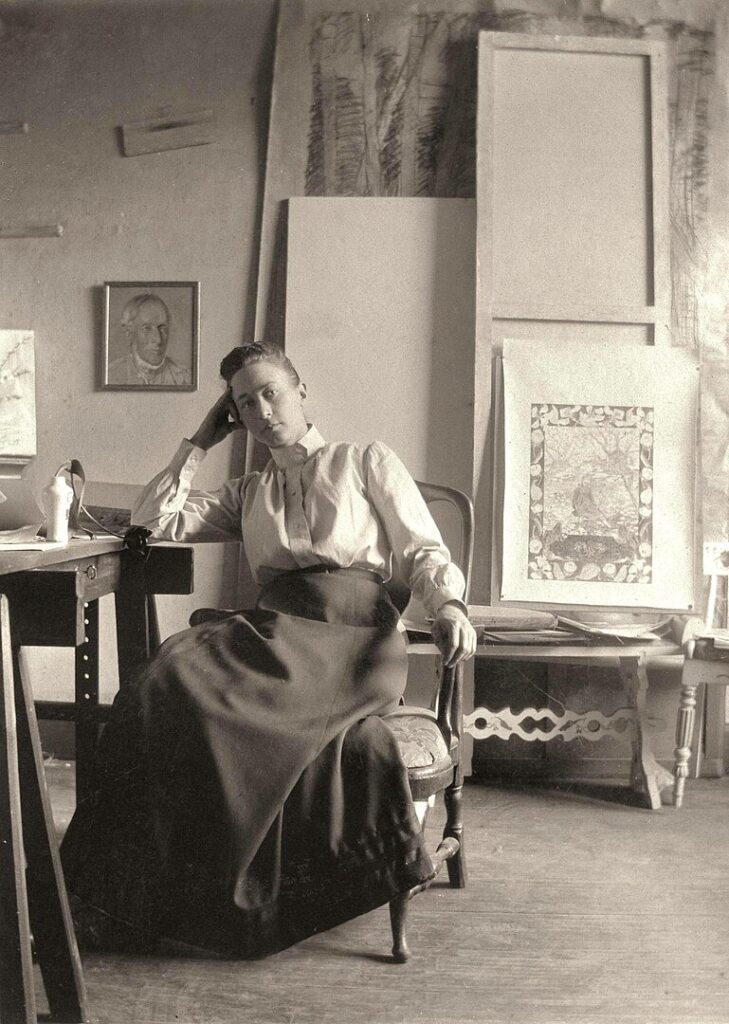
A pioneer of abstract art, Hilma af Klint created complex, spiritual works that predated the more famous abstractions of Kandinsky and Mondrian. Her use of geometry and symbolism was groundbreaking, but her work was largely ignored during her lifetime and only gained recognition decades later.
The Vienna Secession (Late 19th-Early 20th Century)
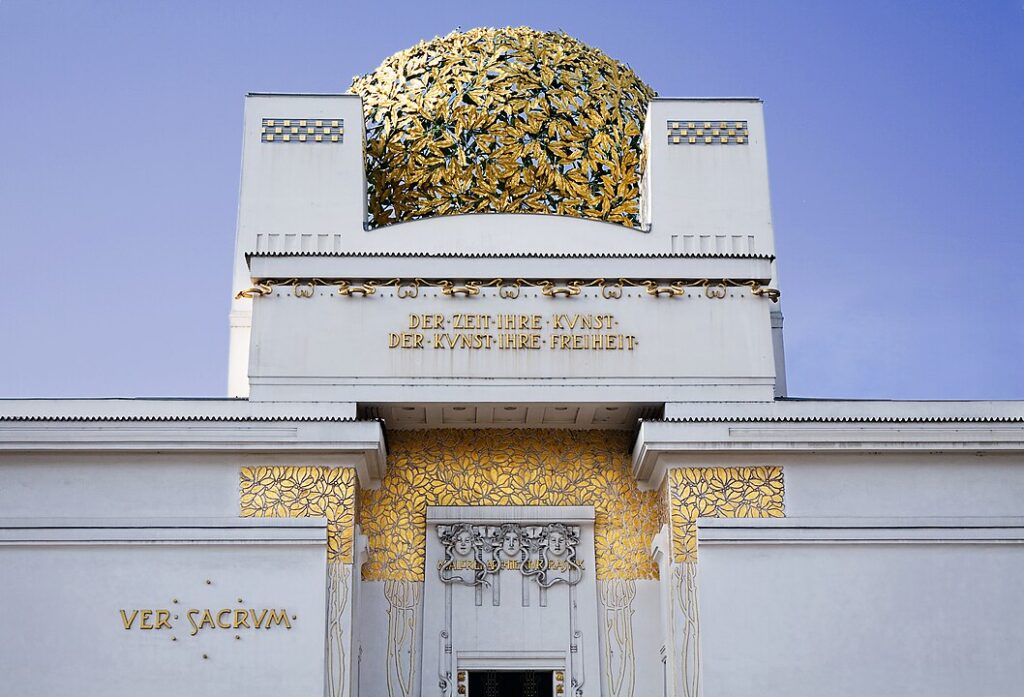
Founded by Gustav Klimt and others, the Vienna Secession sought to break away from traditional academic art. Their emphasis on integrating art with design and their exploration of new artistic forms were revolutionary. Despite their influence, the Vienna Secession is often overshadowed by other movements of the same period.
Gustave Caillebotte (1848-1894)
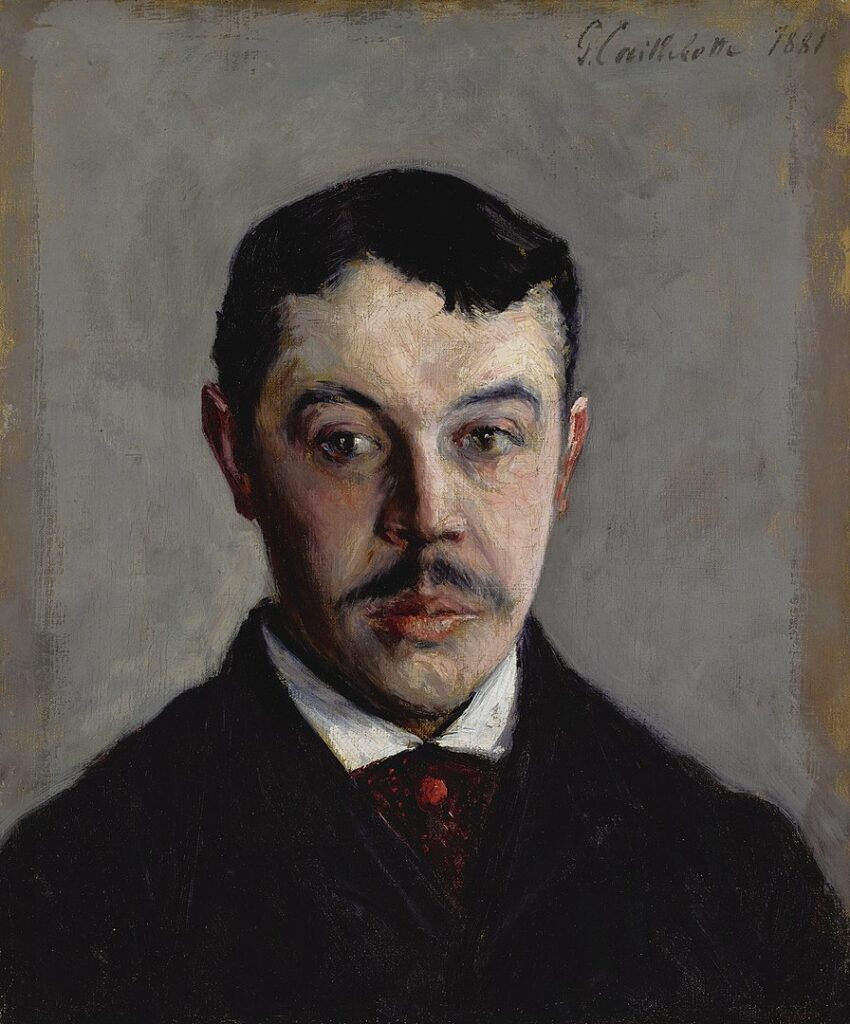
An important figure in the Impressionist movement, Gustave Caillebotte’s works often focused on urban scenes and the interplay of light and shadow. His realistic approach and unique perspectives set his work apart, yet he remains less well-known than other Impressionists like Monet and Degas.
The CoBrA Movement (1948-1951)
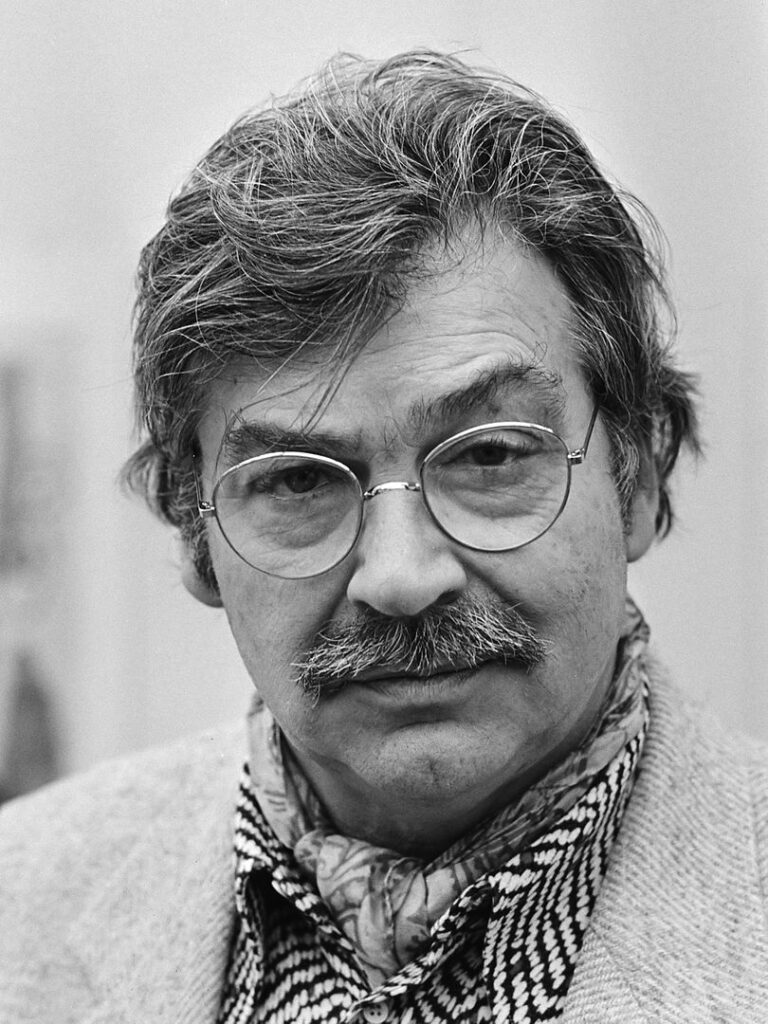
This European avant-garde movement, including artists like Karel Appel and Asger Jorn, emphasized spontaneity, experimentation, and the use of vibrant colors and primitive forms. Despite their innovative approach, the CoBrA movement is not as widely recognized as other post-war art movements.
Tarsila do Amaral (1886-1973)
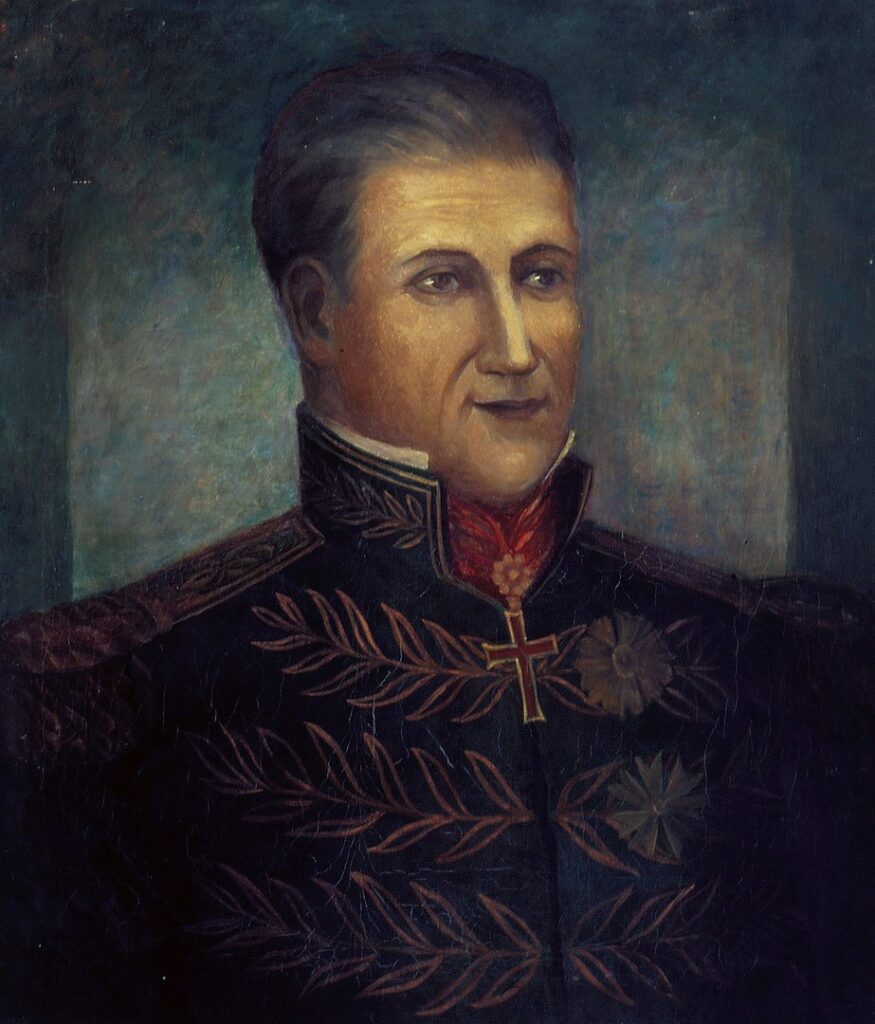
A leading figure in Brazilian modernism, Tarsila do Amaral’s work combined European avant-garde styles with Brazilian themes and landscapes. Her vibrant colors and bold compositions helped define modern art in Latin America. Despite her significance, Tarsila’s contributions are often underrepresented in global art histories.
The Regionalist Movement (1930s-1940s)
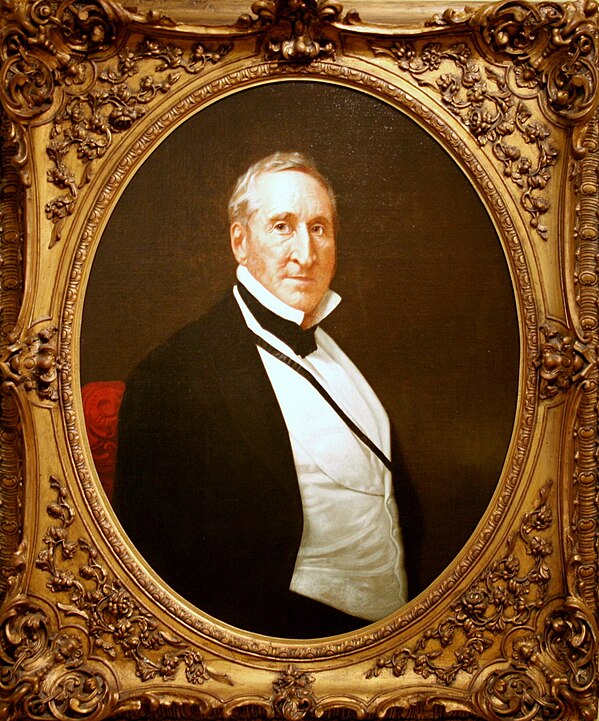
This American art movement, with artists like Grant Wood and Thomas Hart Benton, focused on depicting rural American life and landscapes. Their work provided a counterpoint to the urban-centric art of the time, yet the Regionalist movement often receives less attention in broader art historical narratives.
Kay Sage (1898-1963)
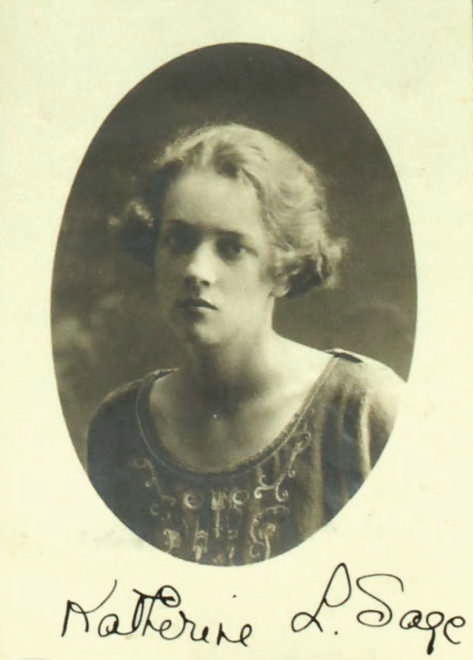
A Surrealist painter known for her enigmatic and haunting landscapes, Kay Sage’s work often featured architectural forms and desolate scenes that explored themes of isolation and melancholy. Despite her unique vision, Sage’s contributions to Surrealism are frequently overshadowed by those of male artists like Max Ernst and René Magritte.
This article originally appeared on UnifyCosmos.
More from UnifyCosmos
22 Unplug These Items That Hike Up Your Electricity Bill

Saving money on your electricity bill can be easier than you think. Many common household items use power even when not in use. Read More
Florida`s Top 20 Most Expensive Places to Live
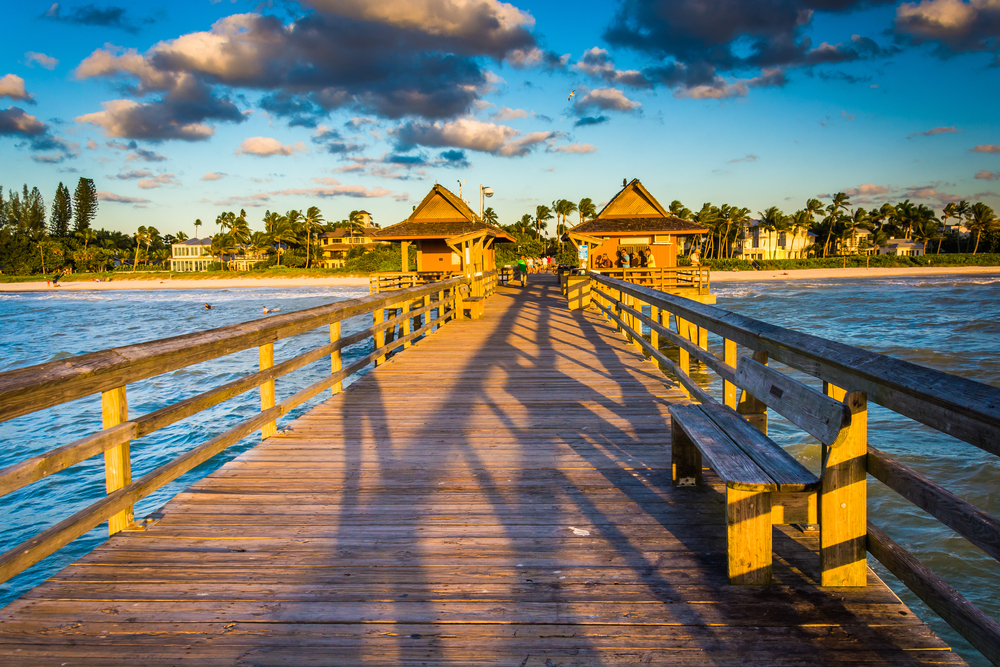
Florida is renowned for its sun-kissed beaches, vibrant cultural scenes, and thriving cities. However, the allure of living in the Sunshine State comes with a price tag, especially in its most prestigious locales. Read More
20 Legal Myths TV Shows Got Wrong

Television shows have long been a source of entertainment, often bending the truth for dramatic effect. However, when it comes to legal dramas, these distortions can create widespread misconceptions about the legal system. Read More
Leave a Reply